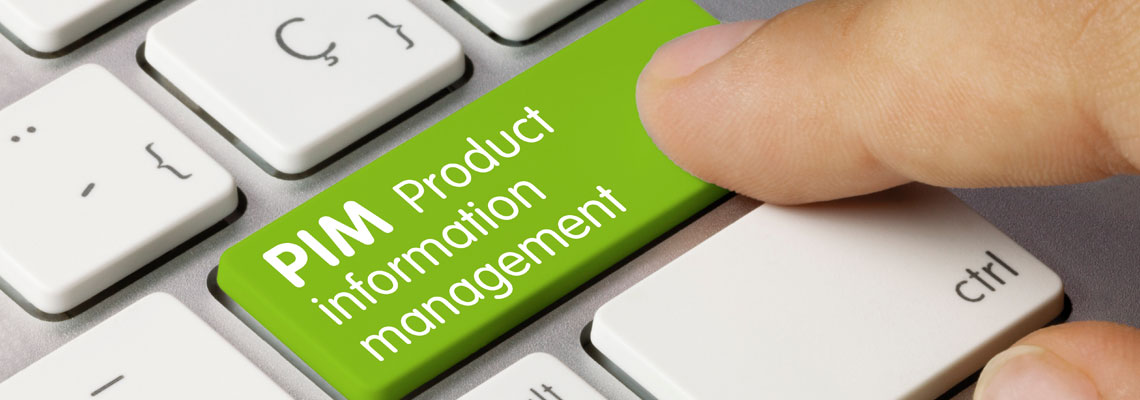An example of a PIM is a tool that helps you manage your personal information, like
goaland.com. It can help you keep track of your contacts, schedule, and to-do list.
What is a PIM?
A PIM, or product information management system, is a software application that helps businesses manage their product data. It centralizes all product information in one place, making it easier for employees to access and update. A PIM can also automate some of the tasks associated with managing product data, such as creating product listings and generating product catalogs.
There are many different types of PIM software on the market, each with its own unique features and capabilities. Some PIM systems are designed for specific industries, while others are more general purpose. And while some PIM systems are stand-alone applications, others are integrated into larger enterprise software suites.
When choosing a PIM system, it's important to consider your specific needs and requirements. If you sell products online, for example, you'll need a PIM system that can generate product listings and manage inventory. If you have a large product catalog, you'll need a PIM system that can handle that amount of data. And if you have customers in multiple countries, you'll need a PIM system that can support multiple languages.
The best way to find the right PIM system for your business is to request demos from several different vendors. This will give you a chance to see how each system works and to see which one is the best fit for your company.
What are the typical uses for PIM?
Product Information Management (PIM) systems are software tools used by retailers and other organizations to centralize and manage product data. The data managed by PIM systems includes product descriptions, pricing information, images, and other data used in marketing and e-commerce platforms.
PIM systems are used to streamline the process of creating and maintaining product listings, and to ensure that consistent and accurate product data is displayed across all channels. By centralizing product data in a PIM system, retailers can reduce the time and resources required to manage product data across multiple platforms.
PIM systems are often used in conjunction with other software systems, such as e-commerce platforms, ERP systems, and DAM systems. Retailers may use PIM systems to manage product data for both online and offline channels, such as brick-and-mortar stores, catalogs, and marketplaces.
Who uses a PIM?
PIM software is used by individuals, businesses, and organizations to manage information and data. PIM software can be used to store, organize, and share information. PIM software can be used to manage customer information, product information, and supplier information. PIM software can be used to manage project information, task information, and document information. PIM software can be used to track and manage inventory.
A PIM is a Product Information Management software that helps businesses manage their product information. It can be used to create, edit, and manage product data, as well as track and monitor product changes.

